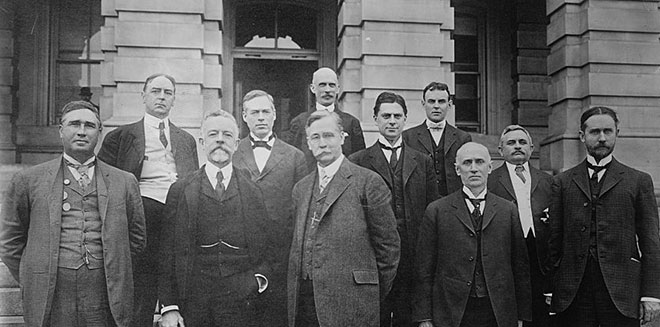After Israel Bosak’s tailor shop was destroyed in 1906 in an outbreak of violence against Jewish people in Russia, he fled to America with a respectable $65, more money than most immigrants brought at the time. But the U.S. government criticized Bosak for his small physique, claiming he would not be an asset to the workforce, and sent him back.
It was one of many racially-tinged institutional practices that empowered immigration officials to deny people of certain ethnicities or appearances — often people from South and Eastern Europe who were not considered “purely” white — by speculating about their ability to work. People with “poor physiques,” which was often said of Jewish immigrants, were “illy adapted” and would procreate “defectives,” a letter from a commissioner had warned the immigration and labor departments that year.
More than a century later, historians of that era see echoes of those tactics in the administration’s efforts to cut in half the roughly 1 million immigrants who enter the country each year. And while the concept of whiteness has changed since the 18th century, they say that white nationalism has historically been a motivation behind U.S. immigration policy and the country’s social hierarchy.
